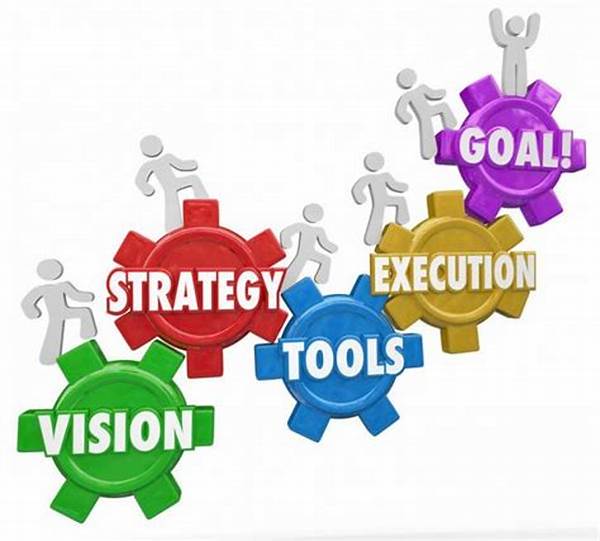
Five Metrics that can help Maximize Revenue, Margin and Cash Flow Potential from Existing Business
Given the timing, today’s blog post is focused on the metrics and areas that act as indicators to these quarterly business objectives. I have been called a “gold-digger” and a “revenue shark” by my bosses (and I take that as a huge compliment :)) and so here are five of my secret sources that help me uncover hidden treasures and meet the stretched targets specifically in the services business:
Metric #1 – Unbilled Revenue:
What: Revenue that has been recognized in previous months/quarters but has not been billed to the customer.
Why: Mainly due to
a) Lack of confirmation/approval on milestones in Fixed Price projects from customer on billing
b) Lack of confirmation/Approval from customer on time sheets in T & M projects
c) Milestones not in sync with efforts in Fixed price projects – we are burning efforts faster than we bill
Impact: Cash Flow (Collections/DSO) Target
Metric #2 – Unearned Revenue
What: Revenue that has been invoiced to the customer but not earned, accrued or recognized.
Why: Mainly due to
a) Advance billing in Fixed Price projects based on a milestone such as Contract Sign off/PO received/etc
b) Lack of Information on man months spent for the revenue in the project
c) Milestones not in sync with efforts in Fixed Price projects – we are billing the customer faster than we are spending the efforts
d) Man-months and/or Total project value for the project not updated or re-baselined in case of fixed price projects where revenue is calculated on the basis of percentage completion – we thought we would be spending x no. of man-months at project start but actually need lesser amount of man-months to complete the project OR the total project value has changed (+/- CRs) and man-months has not been updated
Impact: Revenue and Margin Targets
Metric #3 – Deferred or Unrecognized Revenue
What: Revenue for which we have spent efforts (tagged as billable) but has not been recognized or earned in the period in which efforts have been spent.
Why: Mainly due to
a) Lack of documentation needed as per US GAAP or other accounting guidelines – no signed SOW/contract/PO
b) Orders received but not reached finance or accounting folks
c) Project not created/updated in financial systems
d) Billing inputs not received by Finance in terms of how many man-months spent and where
Impact: Revenue, Margin and Cash Flow Targets
Metrics #4 – Resource Utilization Dips
What: Dips in Percentage of the actual revenue earned by assets against the potential revenue that could have earned.
Why: Mainly due to
a) Real increase in buffer or bench
b) “Hidden” resources in fixed price projects
c) Missed billing for resources in T & M Projects
d) Incorrect tagging or time tracking of resources
Impact: Revenue, Margin and Cash Flow Targets
Metric #5 – Static Backlog
What: No change in Difference amount (i.e. Backlog) of the Value Booked and the Value Billed/Recognized of an Order over a period of time. A healthy backlog is a good sign but it has to be serviced quickly or the order may get cancelled and the backlog will disappear taking away the revenue potential with it.
Why: Mainly due to
a) Slow ramp-up of internal resources for T & M projects
b) Delays in project schedule for fixed price projects due to skill unavailability, etc
c) Delays in hiring
d) Gaps in understanding of customer expectations
Impact: Revenue and Margin targets
Some of the terms above may seem purely financial in nature but business operations in service companies must look deeper into these numbers in order to discover and monitor the root causes of the variations. The variations in the above metrics are an indication of broken processes and work flows within the organization maybe due to lack of integrated systems or communication gaps or discipline. Fail to understand the significance of these metrics and you will fail to reap the benefits in the shape of maximized revenue, profits and cash flow that arise from the tracking and root cause corrections of these metrics.
I would love to know and learn from you. What terms or metrics do you use to monitor and improve the performance and efficiency of your organization? Where have you found revenue, margin or cash flow leakages in your work? Which of the above metrics would you want to know more about ?





